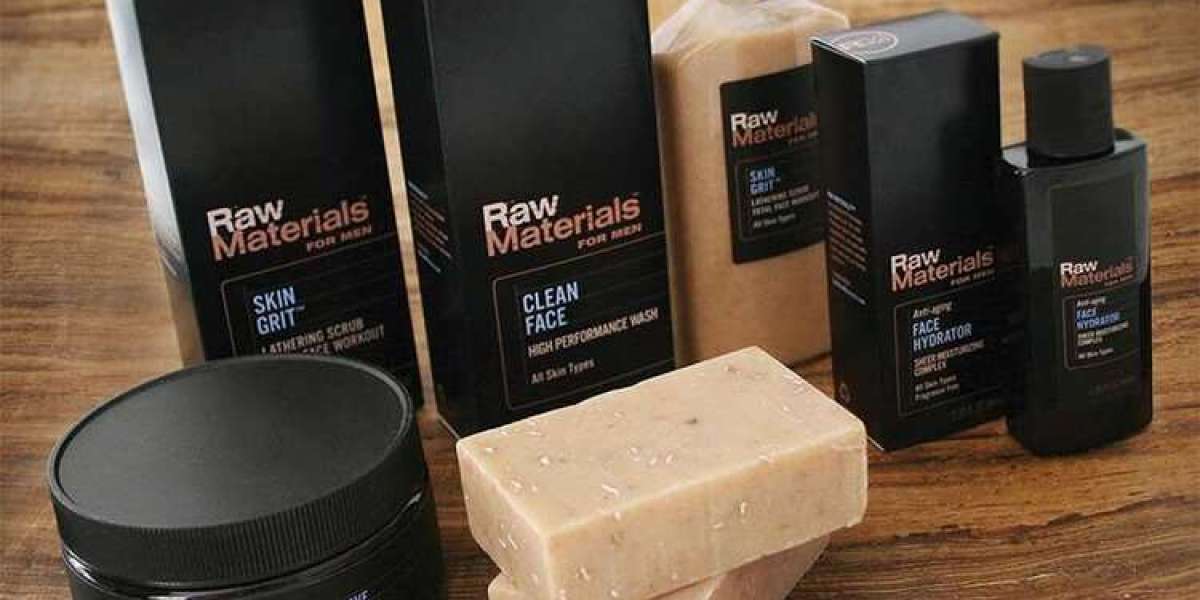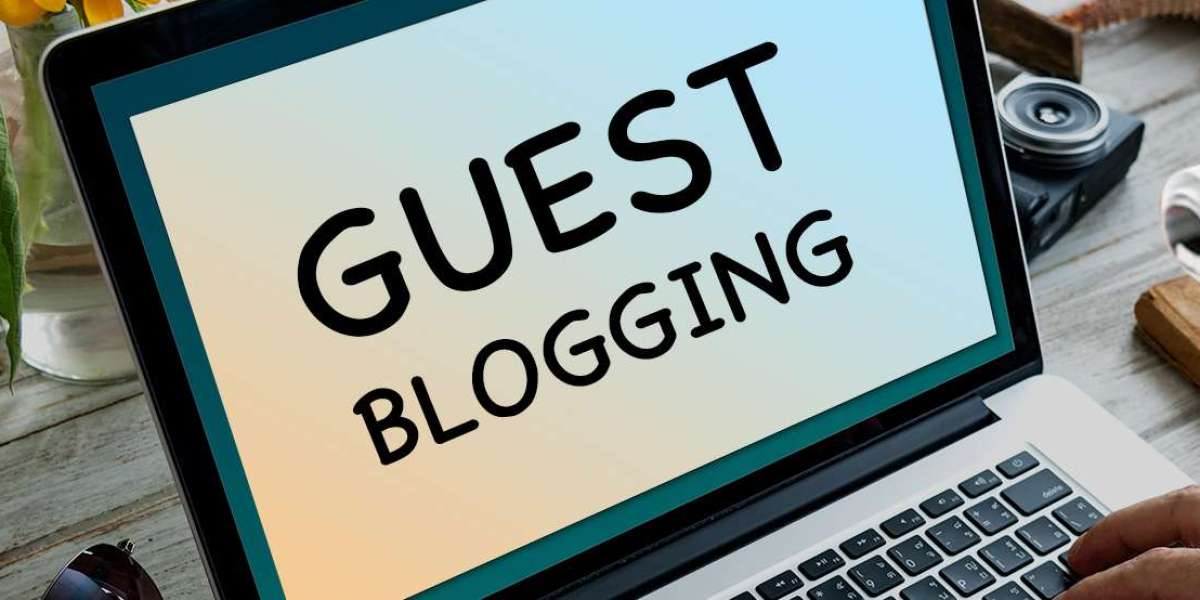Why should you invest in packaging research and design?
Though there has been a good amount of focus on digital media to this day, a common question for marketers is why they should still research packaging design. Even when there is huge growth in the ecommerce platforms, the majority of the CPG sales happen in retail stores. The physical products still entice the customers as touch is still the key part of their buying decision. However, it is still important to test how your package products perform in e-commerce.
So, if you are developing packaging for innovation, revamping your tired product, or launching a new product line, packaging research plays a part in the process and adds ROI.
Like other marketing studies in packaging research, you also need to consider both conscious and subconscious decision-making. It should combine their stated intentions with their actual behavior. The packaging should be tested in various real-life situations, such as:
- At home
- Away from home
- In-store
- Online
Here is why you should invest in packaging research and design.
Grab Attention and Stand Out: Packaging is often the first (and sometimes only) impression a customer has of your product in a crowded marketplace. A well-designed packaging can grab attention on a shelf and make your product stand out from the competition.
Communicate Your Brand Story: Packaging is like a tiny billboard for your brand. It is a space to tell your story and connect with potential customers on an emotional level. Think of it as a silent salesperson whispering about your product's benefits.
Influence Purchase Decisions: Research shows that packaging can significantly influence whether a customer chooses your product or not. Attractive and informative packaging can make your product more desirable and trustworthy.
Convey Important Information: Packaging needs to communicate what your product is, what it does, and why someone should buy it.
Emotional Connection: The right packaging design can evoke emotions in potential buyers. For example, bright colors and playful fonts might grab a child's attention, while sleek and minimalist design might appeal to someone looking for a luxurious product.
Functionality Matters: Good packaging is not just about looks; it needs to be functional as well. It should protect your product during transport and storage and be easy for customers to open and use.
How to optimize packaging design that improves your sales?
In this post, we will share some of our learning on packaging research and let you know how the right insights from both traditional and more advanced research techniques can help you optimize the package design to generate more business.
Your packaging business must appeal to both shoppers and consumers to be effective. Let's find out the distinction between two groups that play key roles while you are trying to connect with both.
Effective packaging research with shoppers and consumers
The best packaging research provides insights from both the shopper and the consumer. On average, a shopper spends about 1.9 seconds on the shelf. It means your packaging needs to stand out and be easy for shoppers to find.
You can achieve this through visual cues - color, brand, or shape recognition. It must communicate through images and meaningful benefits.
You also need to consider other elements from the consumers' viewpoint, such as the functionality of packaging. Think about the questions like:
- Is it really easy to open?
- Is it easy to handle or store?
- Does your packaging fit in the car?
- Do they have room to store or at home?
- Are instructions easy to read?
- Are the packaging materials appropriate for the product and category?
Based on the category and the market you are trying to reach; the image is also important. Consider factors such as it is for shoppers or someone in the household. Is it for a gift or a boxed chocolate, or a high-quality item?
On-shelf impact
Always assess packaging in real or life-sized virtual shopper environments. The mindset of shoppers and the competitive context can impact research outcomes.
Packaging Clutter:
Make sure that crucial packaging elements are visible through eye tracking. Ideally, you should concentrate packaging graphic design efforts on three key elements per package.
Functionality:
Does your package design consider where and how consumers will use your product or how they will store it? Think about the products from an ageing consumer perspective where the print size or color combinations make it hard to read.
Overall you need to ensure that your product stand on a busy shelf, connects with consumers through visuals and clear messaging, and enhances the overall experience of your brand. It will encourage the users for trial and repeat purchases.







